Mary Pickford dusts off her pigtails one last time in her final child role. One of her darkest films, Sparrows tells the tale of a band of orphans who escape from an orphan farm and cross a dangerous gator-infested swamp. A surprisingly moody slice of Southern Gothic from America’s Sweetheart.
Home Media Availability: Released on DVD and Bluray.
Farewell to childhood…
Sparrows is an important film in many respects. It was the last time Mary Pickford played a child role and her second-to-last silent movie. It displays the artistry of silent films to perfection and showcases Pickford’s talents. It is also an important film to me personally. It was the first silent feature that I ever saw. Last time, I detailed my adventures in discovering silent movies and mentioned that I picked up a warped silent VHS at Blockbuster and hated it. Well, this is it.
After I had some experience watching the silents, I realized that the presentation of the film and the quality of the print and music were just as important as the film itself. The copy of Sparrows that I saw had clearly either been around for a while or had been through one too many VCRs in need of cleaning. The tape was faded and warped, rendering intertitles well-nigh unreadable the organ score almost unbearable. So, Sparrows had not been displayed to best advantage and clearly deserved another chance.
When Milestone Films re-released Sparrows with restored tints and a new score, I knew it was time for me to rewatch my first silent and see what I had overlooked the first time.
This film has often been described as the closest Mary Pickford ever came to making a horror film. It certainly fits tidily into the yet-to-be-named Southern Gothic genre. The story concerns an orphan farm in the middle of a nasty swamp. Grimes (Gustav von Seyffertitz, consummate silent baddie) takes in children whose parents cannot care for them. He gets a bit of money for their room and board and if they misbehave… well, into the swamp they go. The thick mud immediately pulls them to their deaths.
The children are forced to work long hours tending the vegetable garden without much food and certainly no medicine if they fall ill. The oldest of the orphans is Molly (Mary Pickford), a precocious teen who is a mother to all the younger children. She keeps them in line with willpower, determination and a good dose of old-time religion.
Let’s take a moment to talk about silent movies and children. In his autobiography, The Keystone Kid, silent child actor Coy Watson wrote that movies were no longer fun for him once the talkies took over. Instead of focusing on the emotions and movements required for a good performance, young actors had to focus on memorizing lines exactly. Instead of the director’s reassuring voice, the cold silence of the studio. And heaven help the child who interrupts a take by playing with friends! I much prefer silent child performances to their talkie counterparts and Sparrows is a wonderful example of this. The kids are rambunctious, sweet, touching, funny and, above all, natural.
Here is a slideshow of the cuties:
Pickford was 34 years old when she made Sparrows but she was able to appear much younger due to excellent camera work and astute acting. I know it is stylish in some corners to bash Pickford’s child roles but I think she did a very good job of capturing the essence of being a child. Always a hard worker, she had studied children closely and was able to mimic their distinct mannerisms.
But back to the story! Grimes is not overly fond of Molly and his horrible son, Ambrose (Spec O’Donnell), is always conspiring to get her in trouble. Molly is in danger of being tossed into the swamp.
Grimes is on the lookout for a chance to make more money and he has some old, shady friends with a proposition: The plan is to kidnap a millionaire’s daughter, hide her at the baby farm until the ransom is delivered and then pay Grimes a share. Grimes readily agrees.
(So-called “headline kidnappings” became such a problem in the United States that special laws were passed to designate abduction across state lines a federal crime.)
Baby Doris Wayne (Mary Louise Miller) is taken from her bedroom and deposited at the farm. Molly instantly falls in love with the beautiful child and adds her to the brood.
Doris is soon missed and her distraught father (Roy Stewart) calls the police. There is a massive manhunt and the authorities soon scope in on Grimes and his baby farm. Realizing just how infamous a crime he has been implicated in, Grimes decides to throw little Doris into the swamp. What he doesn’t count on, though, is Molly catching wind of his plan and making plans of her own.
She and the kids decide to risk crossing the gator-infested swamp. Grimes, his dog and the kidnappers are hot on their trail. Feeling the suspense yet?
The setpiece of Sparrows is that chase across the swamp. While care was taken to ensure that both leading lady and children were safe, it was still a grueling and elaborate sequence to shoot. (There was a brief documentary on Mary Louise Miller included on the Sparrows DVD. It seems that during the swamp scene, Mary Louise informed Mary Pickford that her father was going to get her an alligator of her own once filming was complete. Is it any wonder that Pickford wanted to adopt her?)
Sparrows is a very American story but the film has a European look and mood. The twisted, creepy farm looks like a place Count Orlok would go to retire. The swamp is a marvel. It was built especially for the purpose and you can practically smell the rotting vegetation. (Cinematographer Karl Struss also worked on the silent Ben-Hur, Sunrise, the 1931 Dr. Jekyll and Mr. Hyde, The Island of Lost Souls and The Fly.)
The film does have a few visual flaws. You can see the string manipulating the gator jaws once in a while and the boat chase scene at the climax is a little too obviously done with models. Overall, though, the film is a visual feast.
Mary Pickford could afford the best for her films, of course, but Sparrows was also rewarding because of her performance. Pickford had a problem that remains common to actors with a distinct persona: how far could she depart from her “type” without having her audience turn on her? She played a wide range of parts but silent film audiences liked to see her as a child with her hair in curls. Over the years, Pickford tried many difference strategies to allow herself some artist range. She played double roles, she had her characters grow up, she even played her own son in one film!
I think Pickford managed her crowd-pleasing vs. artistic-range balance very well in Sparrows. She plays a child throughout but what a child! Molly is spunky, like any good Pickford heroine, but she also has known a life of pain and was forced to grow up long before she was ready. Pickford delicately plays Molly’s emotions when one of the sick children passes away. Shock, sorrow, relief… A complicated reaction and above and beyond the call of duty.
So, it should be pretty obvious that I had a much more positive experience with Sparrows this time around. Let’s take a moment to examine the differences between my first viewing experience and my latest.
Sights
The version of Sparrows that I saw initially was on a faded VHS and was black and white. Now I am a big fan of black and white films but not when they were meant to be tinted. Silent films would often have elaborate color tinting schemes, designed to heighten the mood. In the case of Sparrows, the swamps scenes were intended to be tinted violet in order to create an eerie atmosphere. Is the film still spooky in black and white? Yes, but there is no comparison between the mood of the untinted footage and the images that are tinted the way the filmmakers intended.
Sounds
The version that I originally saw had a warped and distorted organ score. I am not the biggest fan of organ scores anyway (though I didn’t know that at the time) so listening to one with such poor audio quality was simply intolerable. The new release of Sparrows features a wonderfully dark score by Jeffrey Silverman performed by the Rousse Philharmonic Orchestra. Now that’s more like it!
Story
One of the aspects of silent film that often gets overlooked is the scenario. Silents would cover topics that modern viewers often do not expect to see in films this old. In the case of Sparrows, we get a dark and grimy tale of kids in peril combined with an empowered and intelligent heroine– and no love interest! It’s the story of a teenager who takes on challenges that would make an adult blanch– and wins.
Mary
While Mary Pickford’s performance certainly stands on its own, it is even more enjoyable if you have seen some of her other films first. You can see the evolution of her screen persona and the way she is able to blend her little girl character with more mature emotions.
I feel this topic is important because there are a lot of low-quality silent film releases floating around and I imagine that more than one viewer has been turned off to the era because of a bad viewing experience. If you are new to silent films, please please please make sure that you seek out the best quality available.
Pickford and director William Beaudine apparently did not get along at all and Sparrows, while making a clear profit, was not the blockbuster everyone had hoped for. The movies had competition from the newest entertainment wonder, radio, and the talkie revolution was on the horizon. Pickford never made another movie like Sparrows.
The film definitely benefits from a quality release. The restored tints and new score make the film come to life. It is suspenseful, entertaining and it showcases Mary Pickford to perfection. This one is a must-watch.
Movies Silently’s Score: ★★★★
Where can I see it?
Sparrows was released as parts of the Rags & Riches set on DVD and Blu-ray. The set also includes The Poor Little Rich Girl and The Hoodlum, as well as a video prologue that aims to introduce children to silent film.
☙❦❧
Like what you’re reading? Please consider sponsoring me on Patreon. All patrons will get early previews of upcoming features, exclusive polls and other goodies.
Disclosure: Some links included in this post may be affiliate links to products sold by Amazon and as an Amazon Associate I earn from qualifying purchases.
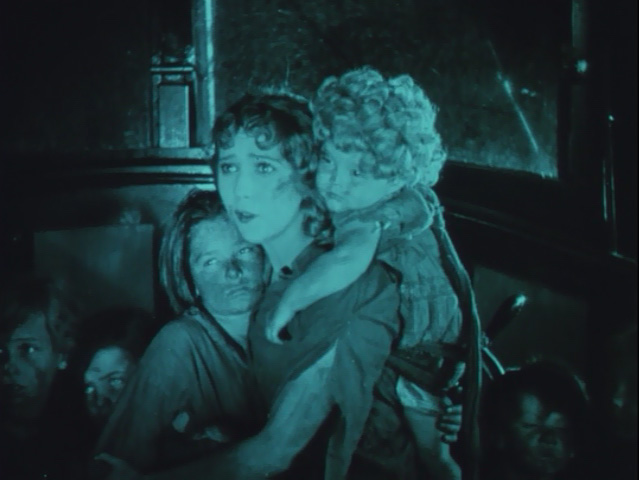

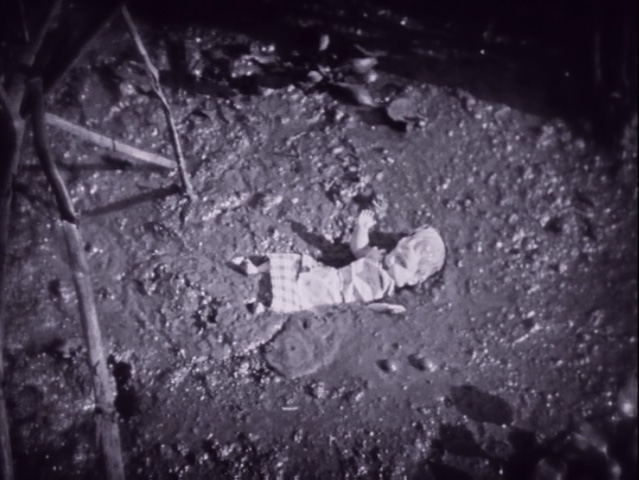

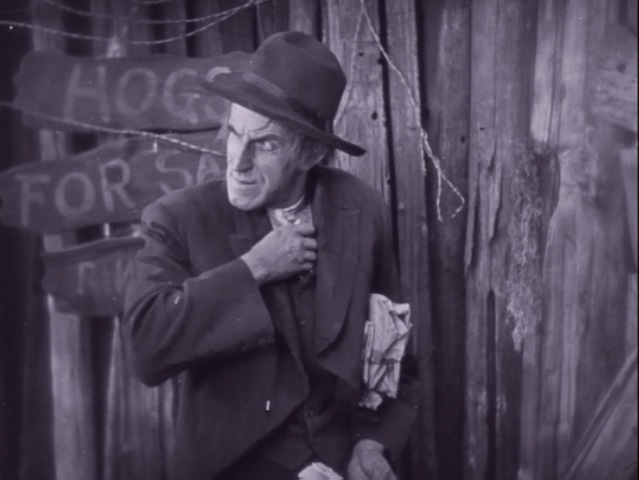

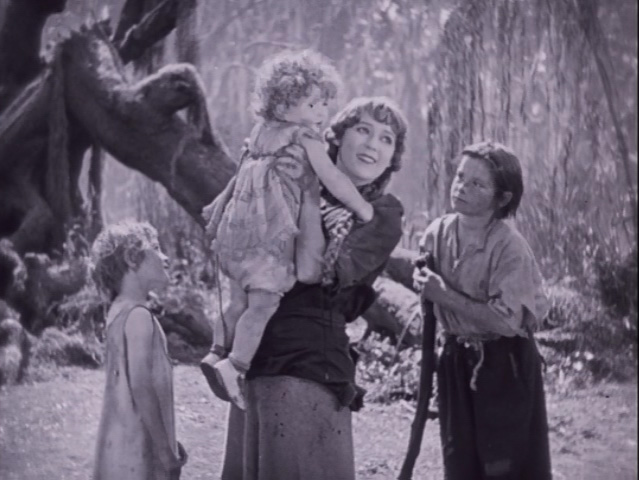



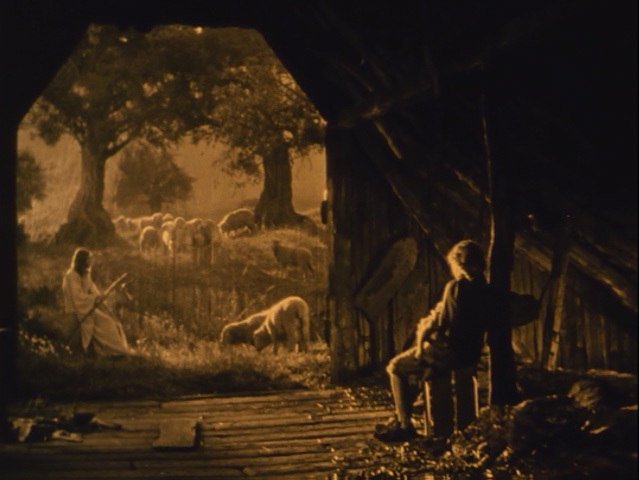

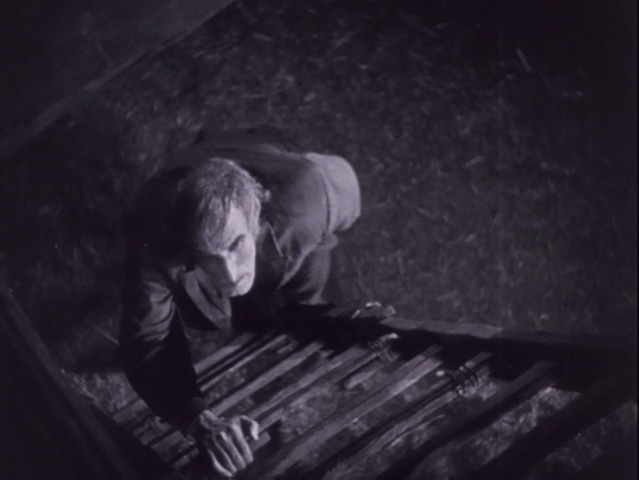

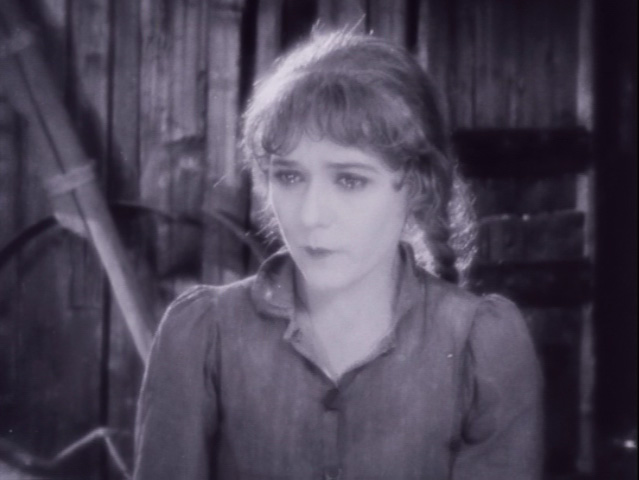
wonderful blog on one of my favorite silent classics! I sure hope to see this double feature on the big screen someday in my lifetime!
Wouldn’t that be great?
Sparrows was my first Mary Pickford film, and now I wish I had known her earlier to see her evolution.
Very nice to do a double-feature with Night of the Hunter. Two great films in one post!
Oh, and congratulations for being in the spotlight at Roger Ebert’s site! You deserve it!
Kisses!
Thanks so much!